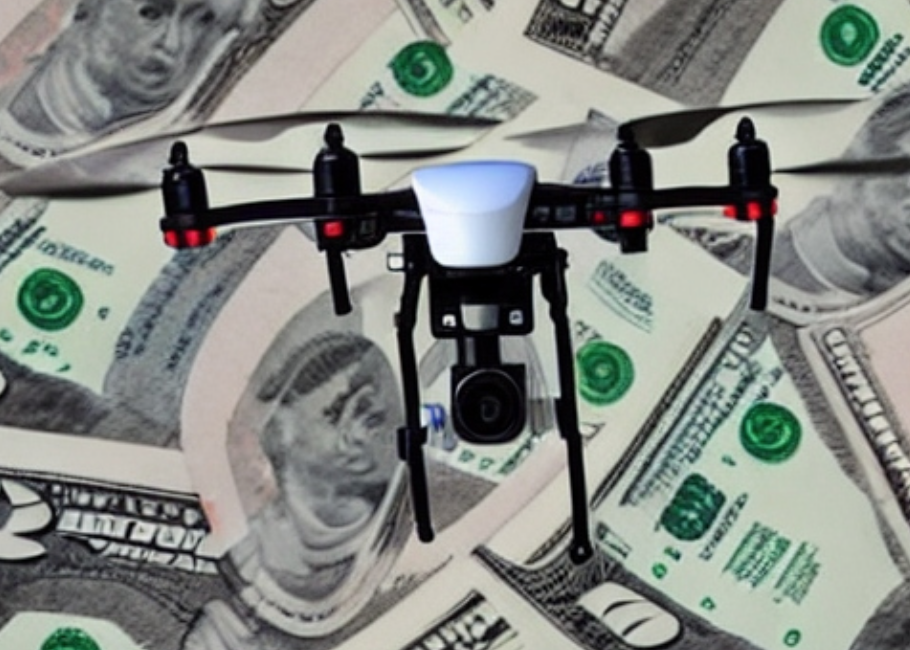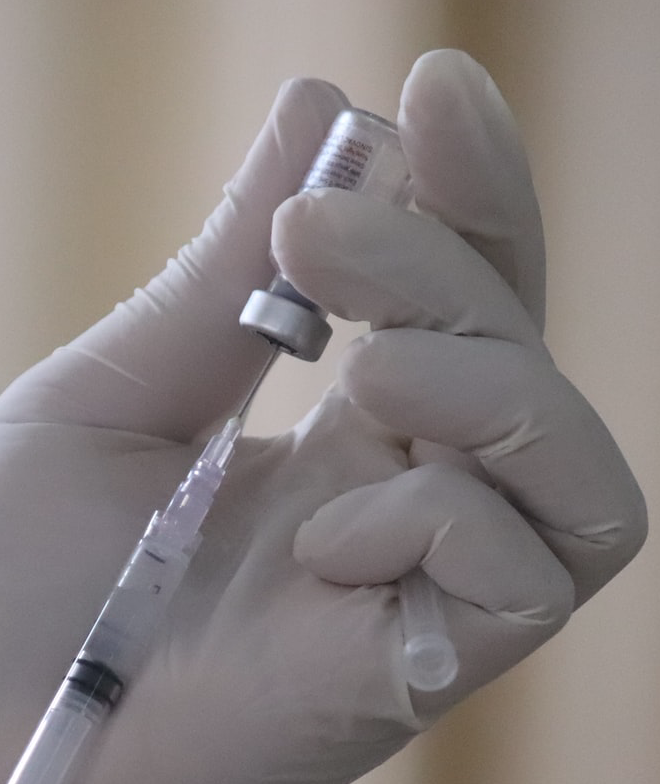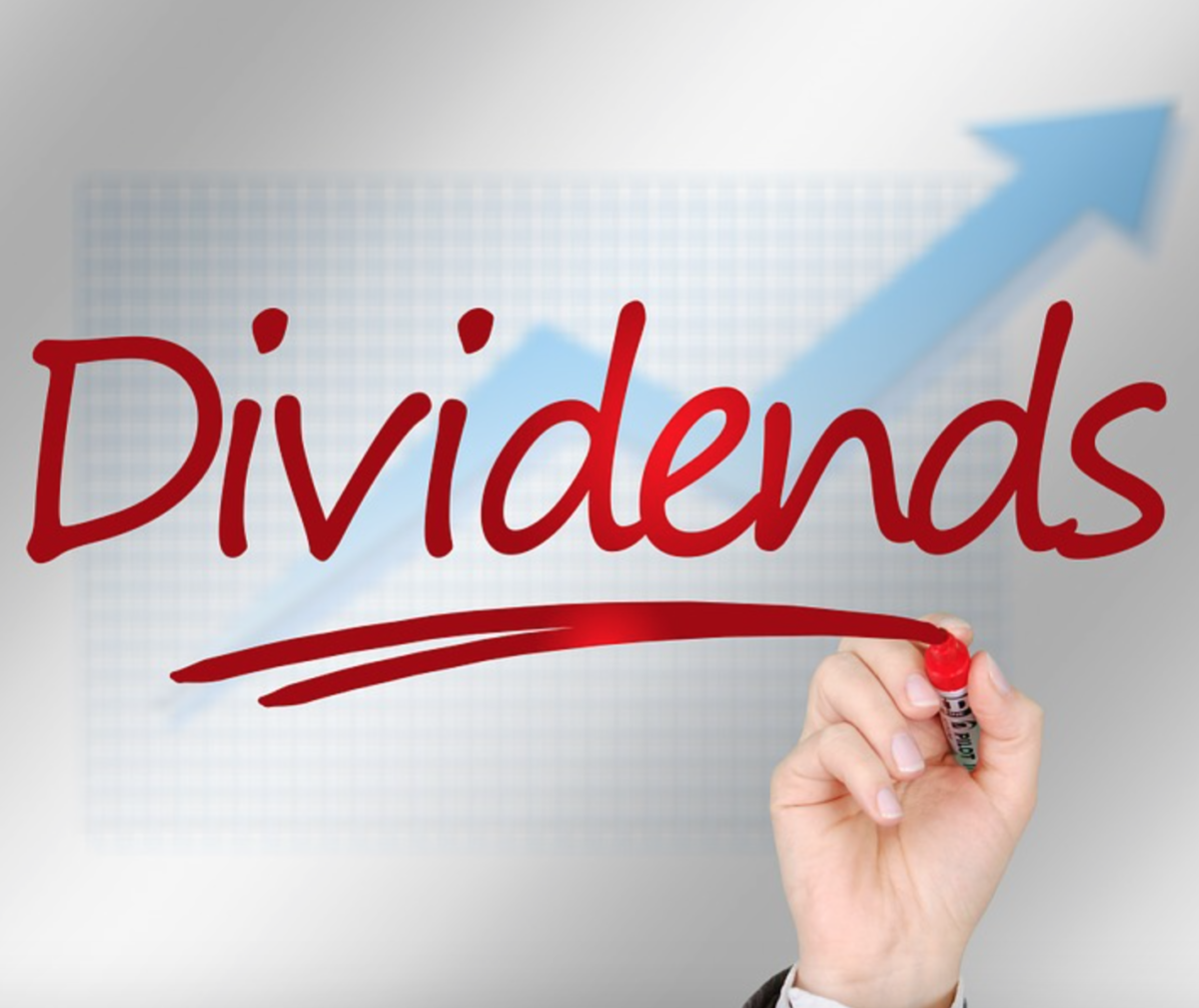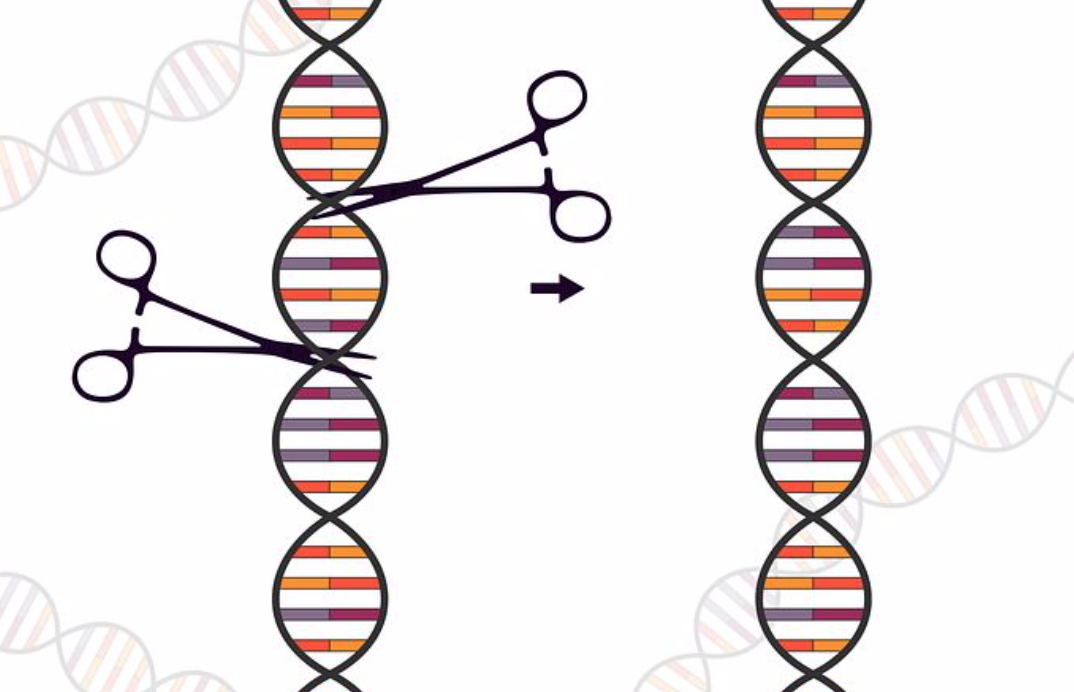by Fred Fuld III
Cybersecurity is becoming an increasingly important issue in our interconnected world, and as a result, the future business potential of cybersecurity is significant. Here are a few reasons why:
- Growing need for cybersecurity: As more and more of our personal and business lives move online, the need for robust cybersecurity measures will only increase. With cyber attacks becoming more sophisticated and frequent, companies will have to invest in cybersecurity solutions to protect their data and infrastructure.
- Compliance regulations: Governments around the world are introducing new regulations to ensure companies are taking adequate measures to protect their customers’ data. For example, the European Union’s General Data Protection Regulation (GDPR) and California’s Consumer Privacy Act (CCPA) both require companies to take steps to protect consumer data. This means that companies will need to invest in cybersecurity solutions to comply with these regulations.
- Increased spending on cybersecurity: According to a report by Cybersecurity Ventures, global spending on cybersecurity products and services is expected to exceed $1 trillion over the next five years. This represents a significant growth opportunity for cybersecurity companies and service providers.
- Cybersecurity skills shortage: There is currently a shortage of cybersecurity professionals, which means that companies are struggling to find and hire qualified individuals to help protect their networks and data. This presents an opportunity for companies to invest in training and developing their own cybersecurity teams, or partnering with third-party providers to fill the gap.
Overall, the future business potential of cybersecurity is significant, with increasing demand for cybersecurity solutions and a growing market for cybersecurity products and services. Companies that invest in cybersecurity now will be well-positioned to capitalize on this trend in the years to come.
So how does an investor play this market?
The following is a selection of the many stocks involved in cybersecurity:
| Company | Symbol | Market Cap | P/E | Fwd P/E |
| Palo Alto Networks | PANW | $56 B | 2440 | 40 |
| Fortinet | FTNT | $47 B | 57 | 37 |
| CrowdStrike Holdings | CRWD | $29 B | 64 | |
| Zscaler | ZS | $19 B | 62 | |
| Palantir | PLTR | $17 B | 35 | |
| Okta | OKTA | $13 B | 75 | |
| SentinelOne | S | $4 B |
Th largest by market capitalization is Palo Alto Networks, which is based in Santa Clara, California and has been around since 2005.
The stock has a nosebleed high trailing price to earnings ratio of 2440, but a more reasonable forward P/E of 40.
Earnings per share growth this year was 47.6%, and next year anticipated to be 16.25%. Quarterly earnings growth year-over-year was 180%.
The next largest is Fortinet, based in Sunnyvale, California. It trades at 57 times trailing earnings and 37 times forward earnings. Earnings per share this year jumped 46.6%.
Quarterly revenue growth year-over-year was up 33%. The company is debt free.
Hopefully one of these stocks can protect your portfolio.
Disclosure: Author owns PLTR.









